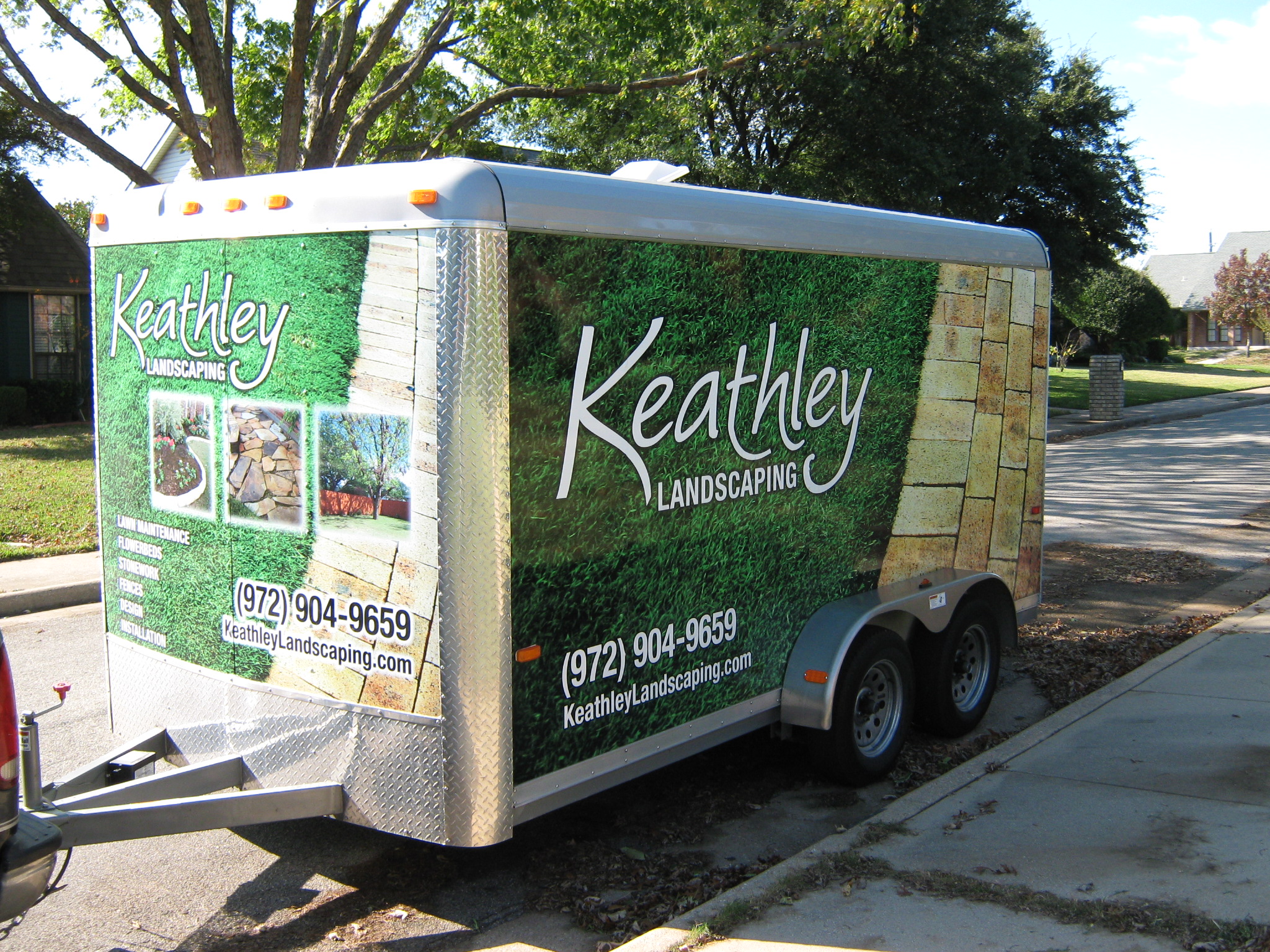Yard Drainage Solutions for Sloped Gardens 🌿
Dealing with a sloped garden can be both a blessing and a challenge. On the one hand, it offers stunning views and a dynamic landscape; on the other, it can lead to pesky drainage issues. Fear not, garden enthusiasts! Here, we’ll explore practical and effective yard drainage solutions for sloped gardens to keep your outdoor space thriving.
Table of Contents
1. Understanding Drainage Issues
2. Strategies for Effective Drainage
3. DIY vs. Professional Help
4. Conclusion
5. FAQs
Understanding Drainage Issues 💧
If you’ve noticed pooling water or soil erosion, you’re not alone. These are common issues in sloped gardens due to gravity pulling water downhill. Left unchecked, these problems can lead to plant damage, muddy paths, and even structural issues in severe cases.
Strategies for Effective Drainage 🌿
Let’s dive into some strategies that can help you manage water flow and enhance your garden’s health:
1. French Drains
A French drain is a popular choice for sloped gardens. It involves digging a trench filled with gravel and a perforated pipe, which redirects water away from critical areas.
2. Rain Gardens 🌼
Consider planting a rain garden, which is a shallow depression filled with water-loving plants. This natural solution absorbs excess water and adds beauty to your landscape.
3. Terracing
Building terraces on your slope can slow down water flow and reduce erosion. This method not only manages drainage effectively but also creates flat planting areas.
4. Dry Creek Beds 🏞️
Aesthetically pleasing and functional, dry creek beds guide water away naturally. Line a trench with stones to mimic a natural stream.
5. Retaining Walls
Retaining walls can be a perfect solution for severe slopes, providing stability and redirecting water flow. They can be built using various materials like stone, wood, or concrete.
DIY vs. Professional Help 🔧
While some drainage solutions can be tackled on your own, others might require professional expertise. Consider your budget, time, and the extent of the drainage problem. Consulting with a landscape architect or drainage specialist can save you from costly mistakes.
Conclusion 🌟
Tackling drainage issues in a sloped garden doesn’t have to be daunting. With the right strategies, you can transform your garden into a lush, thriving space. Whether you choose to go the DIY route or hire a professional, taking action will ensure your garden remains beautiful and functional for years to come.
FAQs ❓
1. What plants are best for a rain garden?
Water-loving plants like sedges, native grasses, and certain types of ferns are ideal for rain gardens. They thrive in wet conditions and help absorb excess water.
2. How much does it cost to install a French drain?
The cost of installing a French drain can vary depending on the size and complexity of the project. On average, it can range from $1,000 to $5,000.
3. Can I build a retaining wall myself?
Yes, you can build a retaining wall yourself if you have the right tools and materials. However, for larger or more complex walls, hiring a professional is advisable to ensure safety and effectiveness.
4. How do I know if my garden needs better drainage?
If you notice standing water, plant root rot, or soil erosion, it’s a clear sign that your garden needs better drainage solutions.
We hope these insights help you manage your sloped garden effectively! Feel free to share your experiences or any additional questions in the comments below. Happy gardening! 🌱






































Recent Comments